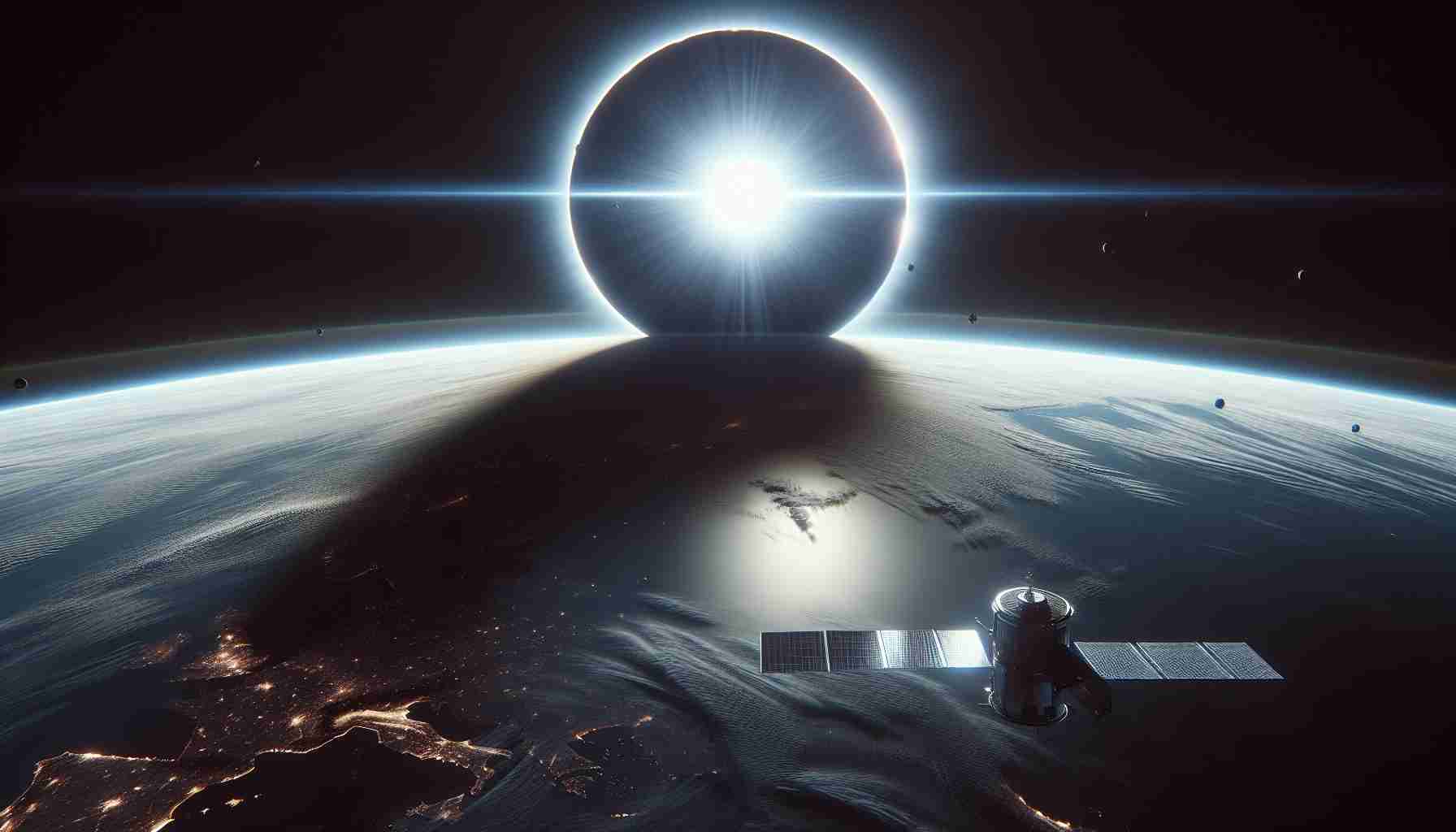Anticipation Builds for Proba-3 Launch
On December 4, 2024, at precisely 4:08 PM IST, the Indian Space Research Organisation (ISRO) is set to initiate the launch of the Proba-3 satellites in collaboration with the European Space Agency (ESA). This notable event will take place at the prestigious Satish Dhawan Space Centre located in Sriharikota, Andhra Pradesh.
The mission involves the Polar Satellite Launch Vehicle-XL (PSLV-XL) and is recognized as an “In-Orbit Demonstration” (IOD) mission. This groundbreaking project showcases the synergy between NewSpace India Limited (NSIL), ISRO, and ESA, highlighting advancements in space technology through international cooperation.
The PSLV-C59 will carry two spacecraft— the Coronagraph Spacecraft (CSC) and the Occulter Spacecraft (OSC)—stacked together during launch. Designed to operate as one cohesive unit, these satellites will fly in tandem, precisely maintaining a fixed distance of 150 meters as they align with the Sun. This unique formation will enable continuous observation of the Sun’s elusive corona.
The CSC, weighing 310 kilograms, is equipped with a variety of scientific instruments, while the 240-kilogram OSC features optical heads and innovative propulsion systems. This mission promises to pave the way for future advancements in space exploration and technology. As ISRO embarks on this exciting venture, the world watches in anticipation of its success.
Countdown to the Future: Exploring the Innovations of the Proba-3 Mission
Overview of the Proba-3 Launch
On December 4, 2024, India’s space ambitions will reach new heights as the Indian Space Research Organisation (ISRO), in collaboration with the European Space Agency (ESA), prepares to launch the Proba-3 satellites. The launch is scheduled for 4:08 PM IST from the Satish Dhawan Space Centre in Sriharikota, Andhra Pradesh. This mission, which will utilize the Polar Satellite Launch Vehicle-XL (PSLV-XL), represents a significant milestone in international space cooperation.
Key Features of the Proba-3 Mission
The Proba-3 mission is particularly noteworthy for its innovative approach to solar observation. It comprises two spacecraft, the Coronagraph Spacecraft (CSC) and the Occulter Spacecraft (OSC), designed to function in perfect harmony while maintaining a fixed distance of 150 meters apart as they orbit the Earth.
– Coronagraph Spacecraft (CSC):
– Weight: 310 kilograms
– Purpose: To carry out detailed observations of the Sun’s corona, the outermost layer of the Sun’s atmosphere, which is visible during a total solar eclipse and is critical for understanding solar dynamics.
– Occulter Spacecraft (OSC):
– Weight: 240 kilograms
– Features: Equipped with optical heads and advanced propulsion systems to help the CSC observe solar phenomena with reduced light interference.
Innovations and Technology
The Proba-3 project is not just another satellite launch; it embodies groundbreaking advancements in space technology, specifically in the fields of observational astronomy and remote sensing. The ability of the CSC and OSC to maintain a precise distance allows for a unique observational technique that can lead to discoveries about solar activity and its impact on space weather, which is vital for satellite operations and Earth-based technology.
Pros and Cons of the Proba-3 Mission
# Pros:
– Advanced Solar Observation: Provides unprecedented capabilities for studying the Sun’s corona.
– International Collaboration: Strengthens partnerships between ISRO and ESA, promoting shared knowledge and technology.
– Technological Innovation: Paves the way for future missions exploring distant celestial bodies.
# Cons:
– Complexity of Operations: The need for precise alignment and control between the two spacecraft introduces significant technical challenges.
– High Costs: As an advanced mission, it involves substantial financial investments from both organizations.
Use Cases and Applications
The data collected from the Proba-3 mission has the potential for numerous applications:
– Space Weather Forecasting: Improved understanding of solar flares and coronal mass ejections, enhancing preparedness for potential impacts on satellite operations.
– Astronomical Research: Offering new insights into stellar behavior and the fundamental processes of our solar system.
Pricing and Market Analysis
While specific costs for the Proba-3 mission have not been publicly detailed, satellite missions of this scale typically range in the hundreds of millions to billions of dollars. The investment underscores the increasing importance of space observation technology in both scientific and commercial sectors.
Predictions and Future Trends
Anticipation for the Proba-3 launch is building, with experts predicting it may set the stage for even more sophisticated space missions in the 2030s. Expectations include enhanced satellite formations and advanced observational techniques that could revolutionize our understanding of the universe.
Conclusion
As the Proba-3 mission approaches, it can be seen as a beacon of innovation and cooperation in the field of space exploration. The mission’s potential to transform our understanding of solar phenomena and its ramifications on our planet demonstrates the growing significance of international partnerships in achieving grand scientific objectives.
For more information on ISRO and its missions, visit ISRO’s official website.





















